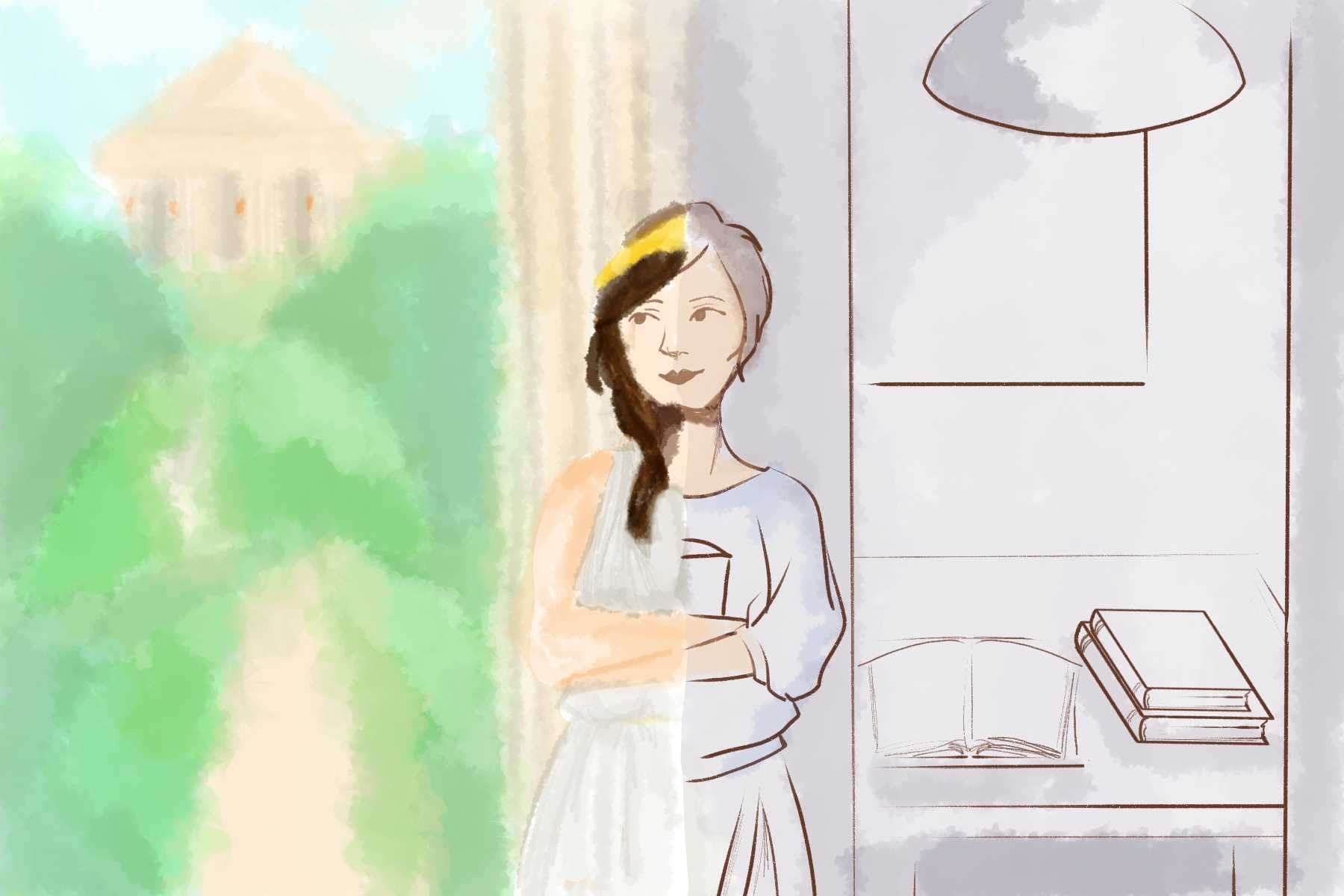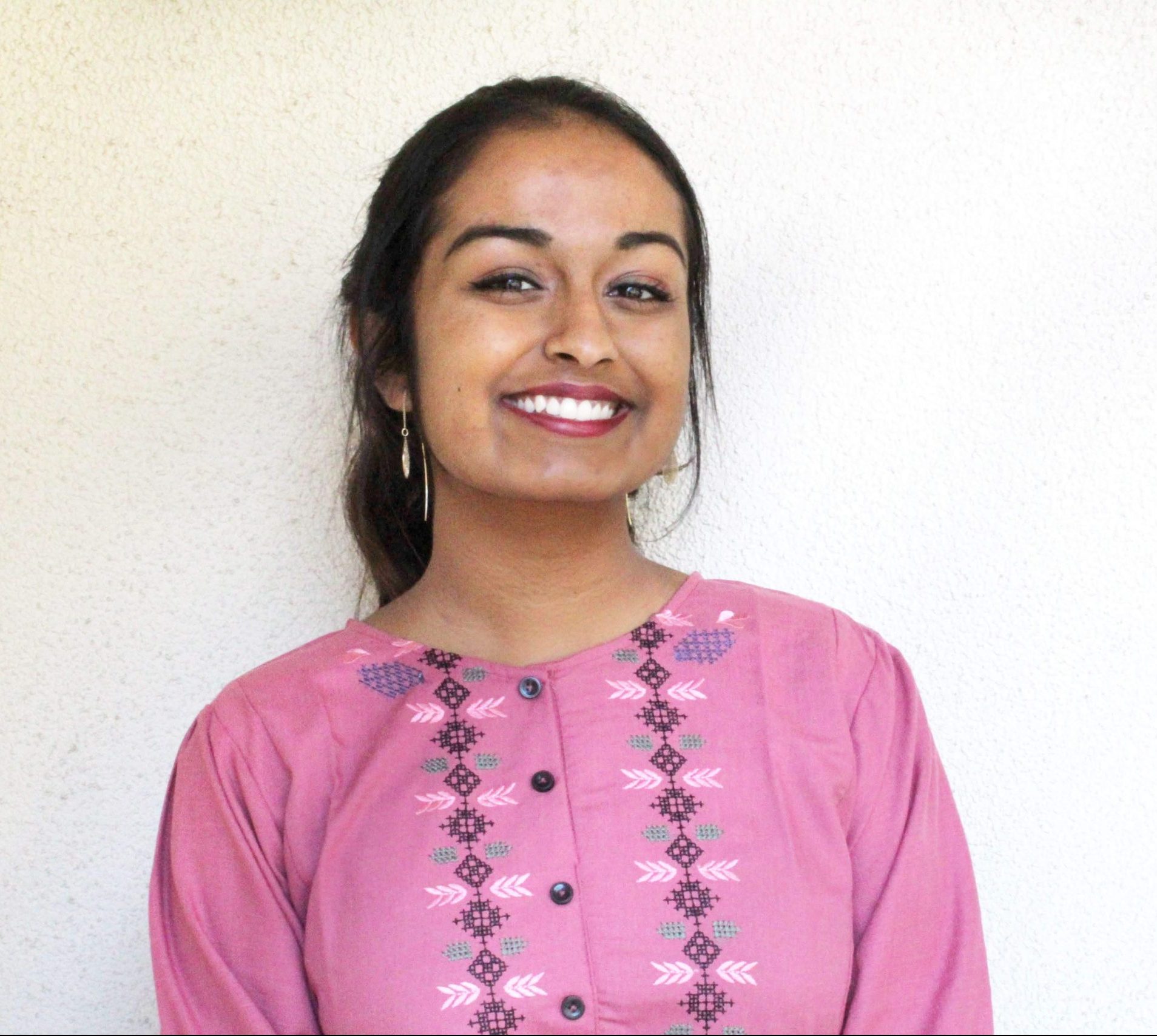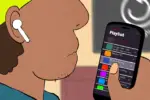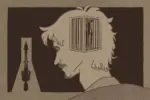A vast, democratizing revolution is happening within literature — a revolution that is changing who can read it, what it means and why it exists for us in the 21st century. Literary genres are constantly evolving and reacting to one another as they strive to respond to the time we live in. Among these genres, the young adult novel stands out as a widely accessible platform that typically stars sympathetic, relatable characters who traverse intelligible plots and end up okay in the end.
This accessibility is exactly what leads to the common conception that young adult novels aren’t “real” literature. Depends on what you mean by “real” literature — what factors make a book worth reading and recommending? YA literature is often charged with being an avenue for wish fulfillment, employing unrealism to a fault.
In real life, people don’t always end up okay. This gets at a bigger question regarding the purpose of art as a whole: Do people read books for reassurance that everything will get better in the end or to see themselves in characters whose suffering is seemingly interminable? Or both?
Young adult novels are “typically defined as fiction featuring a young adult or teenage protagonist, primarily marketed towards people in the age range of 13 to 18,” according to an article on the Wellesley Counterpoint. This genre is an umbrella for dozens of sub-genres, including historical fiction, fantasy and, perhaps most obviously, dystopia.
“The Hunger Games” and “Divergent” are two trilogies that fit the brand of YA well, and with their immense popularity and appeal to diverse demographics, they may have helped shape the trajectory of the genre as it exists today.
The chief criticism of young adult novels revolves around their perception as non-literary: They seem like easy books to read and easy books to write. It’s as if they ignore grubby human complexity in favor of something clichéd and hackneyed. Because of this, they’re unacademic. They couldn’t hope to be on the same literary playing field as something old and legendary like Shakespeare or something new and knotty like Zadie Smith. Why is this? Why are the tropes of YA novels looked down upon?
Most literary genres are mired in tropes of some kind. The occupational hazards of the detective story are its red herrings, its suspense, its big reveal at the end. Historical fiction is rarely seen without a protagonist ahead of their time or with relevant class politics, and everything feels vaguely British. Romance is incomplete without the love triangle, or the strangers-to-lovers (or better yet, enemies-to-lovers) plot arc and the implied forever after at the end.
The tropes of YA often boil down to things like the “chosen one” protagonist who doesn’t understand their own power, key adult figures who are either dead or useless and the concept of a“token minority” or diversity. What makes these less valid than the other tropes?
Perhaps it’s the politicization of YA tropes that makes them more difficult to stomach. In young adult novels, the world can only be saved by teens. What does that say about what people grow up to be? And is that making a comment about adulthood in the real world?
The concept of token diversity is harder to grapple with. The ethics of having characters who are part of minority groups, whether it be racial, sexual, religious or otherwise, can be tricky if those characters serve no other role than to represent their group. Having diversity for diversity’s sake is not the point.
Identities and backstories can’t be thrusted unto plot simply to texturize a novel. This is the problem that people have with YA novels that make a point of showcasing, but not always engaging with, diversity.
But this is a generalization; recently, more and more YA novels have been doing their job of complicating the identities they choose to include, treating their characters as human rather than their stereotypes. The smash hit “Red, White & Royal Blue” by Casey McQuiston is one such novel. It is tropey and feel-good and does not apologize for it.
https://www.instagram.com/p/B8h_XHTA5wH/?utm_source=ig_web_copy_link
The book follows First Son of the United States Alex Claremont-Diaz as he begins questioning his conception of his 20-something self, spurred on by his impending college graduation and the small fact that he’s falling in love with Prince Henry of England.
Claremont-Diaz’s bisexuality emerges without incredible fanfare and he manages to reconcile his present with the jumbles of his past and the uncertainty of his future. He is also half-Mexican, a worry that emerges surrounding his mother and the president’s re-election in a very real manner — if the first family today were biracial, the worries would be similar. The minorities that McQuiston chooses to include in her book aren’t there to serve as garnish — the systemic issues that are part of minority identities are central to the plot.
McQuiston’s novel includes a very common YA trope: two characters who are at best ambivalent toward one another falling and staying in love despite the complications (often one is brunette, and one is blond, which is true here). A few years before McQuiston’s novel was released, bestselling author Rainbow Rowell published “Carry On,” which tells the story of chosen one Simon Snow as he defeats supreme evil and falls in love with his brusque, debonair roommate and once-sworn enemy, Baz Pitch.
https://www.instagram.com/p/B6JeWsBDUJe/?utm_source=ig_web_copy_link
And yes, Simon is blond and Baz is dark-haired. The novel makes its bank off of this trope. As one might imagine, the reader base for these books has significant overlap. This trope is used so much because it has been used many times before; in other words, using a trope allows an author to borrow and build upon a legacy.
But there is something more powerful that YA novels can do for us. If typical YA novels are those in which things turn out okay in the end, it follows the idea that they are by nature escapist literature.
Fundamentally, the realities of the world include suffering, and escapist literature allows us a way out of that. One of the most fascinating parts of McQuiston’s novel is the alternate political reality she presents: a divorced woman in office with biracial children, one of whom comes out as bisexual and helps swing Texas blue in 2020 for the first time since Jimmy Carter.
Across the pond, the Prince of England comes out against intensely conservative internal pressure and forgoes the traditional military career. In Rowell’s novel, love conquers all. The characters learn that they are, in fact, not alone, and that there are real people who love them and are worth fighting for.
These characters tell their readers that their “weird stuff is pretty normal” in the end. On a macro level, the world order is becoming increasingly totalitarian; on a micro level, individual identity is getting harder and harder to parse out because of information overload. In the 21st century, books like these gift their readers something truly inalienable … hope.
Because of this, the criticism of YA as unrealistic is actually its biggest strength. The fact that the good guys win in the end is profoundly and daringly optimistic. The genre offers its readers unconditional catharsis. The value of any literature, any art, comes from what its consumers take away from it. Young adult novels are fundamentally reaffirming; when all hope seems lost, there is always a book to turn to.

















